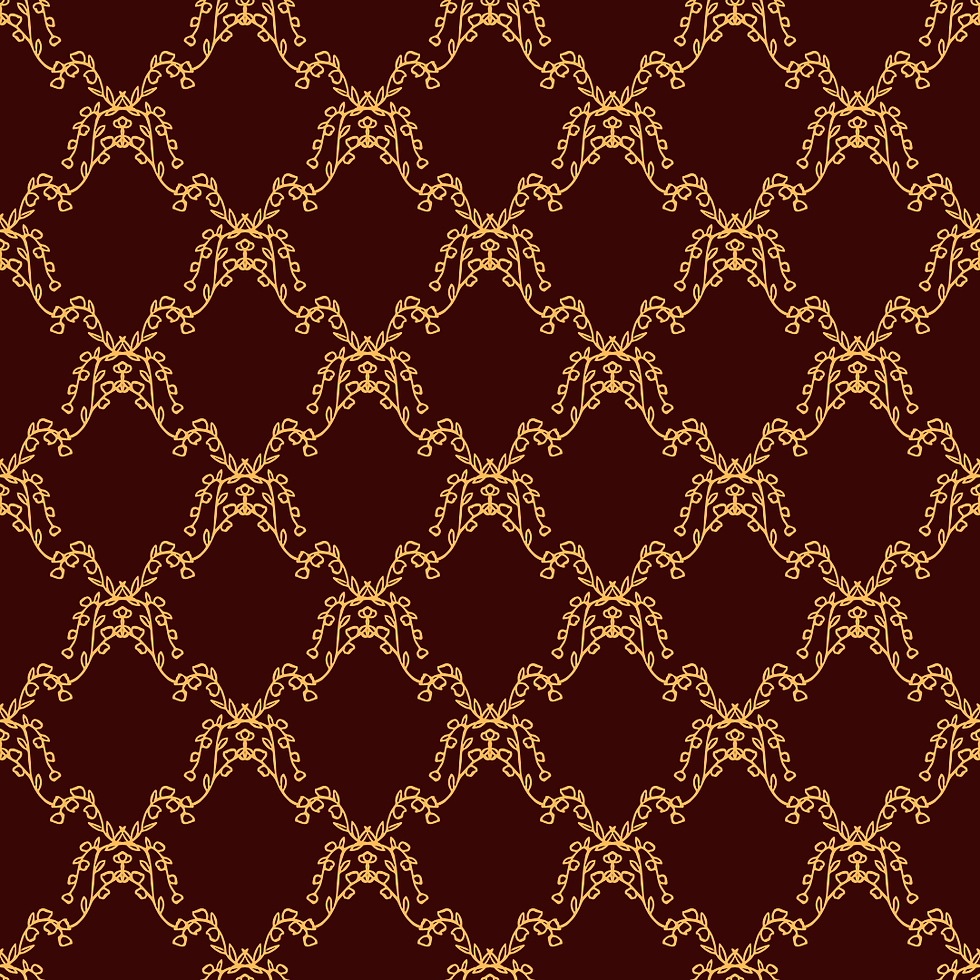The Art of "Scribbling"
- Morgana LeVaine
- Jul 9
- 3 min read
Updated: Jul 26
We've all been there: the infuriating first draft that we can't seem to get over, especially if you're a perfectionist like me. You want the words to flow off the page, to come together in a magical sort of way.
Surprise alert: you're a writer and that just won't always happen. That's where, what I call "Scribbling", comes into play, and will lend a helping hand.
“Scribbling” is simple and pretty well known in the writing world by other names. I’d compare it to what artists call “doodling”. The basic point is to just get “it” down, whether it be words or a rough sketch. I’d always been the type of writer to write by hand on occasion—several books I’ve written had half the story touch pencil and paper before a keyboard (one of those books includes This Celestial Wish!), and some of the handwritten books are in “scribbling” format while others are in pretty penmanship—there’s a clear difference, trust me. Every once in a while I am able to write prettily because the scene flows well in my head, but otherwise…you get what I mean.
“Scribbling” does not make your handwriting pretty. If anything it makes it worse, but still legible. That’s all that matters because scribbling is meant to help you through that first draft, and I’m going to show you how you can learn to scribble like a master. All you need is a sheet of paper or a notebook or journal (as writers we cannot have too many of those), and something to write with. I love gel pens because it makes writing by hand smoother, but go with the utensil of your choosing. After you’ve got those items, find a spot to sit down with a buddy or music. Or, if you’re like me, complete silence.
Now, I want you to envision the scene you’re about to write. If it’s non-fiction, think about the bits of knowledge you want to put in the paper. If an essay, think about the argument you’re making. And then as soon as you have an idea of what you want to put down, write it. I’ll allow you to envision a few moments longer (yes, I am guilty of the same thing) but don’t stay thinking about it too long. That’s where you can get stuck in a rut of trying to perfect your first draft. Scribbling is meant to avoid that by taking the blurry vision you have in your head and getting it out before it’s gone.
Your hand should be moving fast because as you write one sentence to the next you’re skipping over the small details you can add later. Now, that doesn’t mean you can’t add a small detail here and there—if you think of something in the moment, please add it. Just don’t get stuck on those minor details: focus on the big [and most-likely blurry] picture of what you’re writing until you’re finished. It doesn’t matter if all the sentences don’t string together. It doesn’t matter if the sentences are half finished. That’s alright.
That’s Scribbling. And when you’re finished, you’ll have accomplished one of the hardest things to do as a writer: starting the manuscript.
If you feel that pang of discouragement when you skim over what you’ve gotten down, know that you’re not alone. Most of the time, when I scribble, I’m not satisfied with what I’ve written. I’m only satisfied with the hard part being over. It’s when I revise that I see the benefit of what scribbling can do. I’ve [finally] got something down and I can work with it to make it better.
Scribbling is a process, both physical and mental, but one that will get you through that writer's block and first draft.
Now, with all of that being said: go Scribble!




Comments